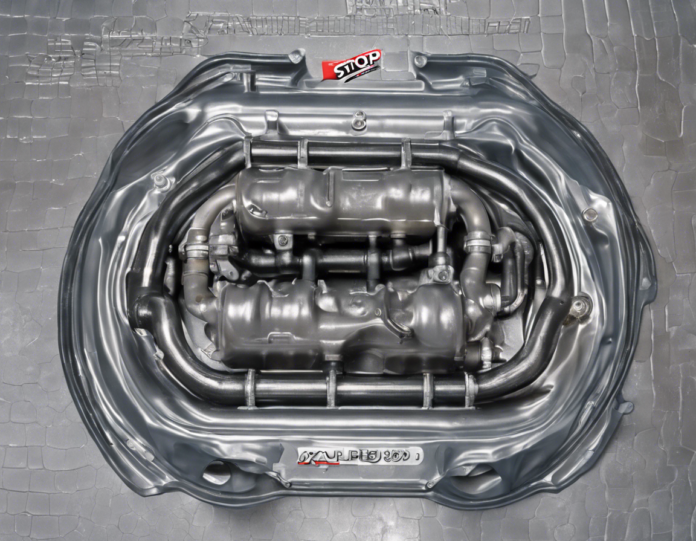Coolant Leaks: Causes and Prevention
Coolant leaks in a vehicle can lead to serious mechanical issues and potential breakdowns if not addressed promptly. Preventing coolant leaks is essential for maintaining the health and longevity of your car’s engine. In this comprehensive guide, we will explore the causes of coolant leaks and provide you with practical tips on how to prevent them.
What Causes Coolant Leaks?
Coolant leaks can be caused by various factors, including:
- Corrosion: Over time, the cooling system components can corrode, leading to leaks.
- Old Hoses: The rubber hoses that carry coolant can degrade and develop cracks, causing leaks.
- Loose or Damaged Clamps: Clamps that secure the hoses in place can become loose or damaged, leading to leaks.
- Faulty Radiator: A cracked or damaged radiator can result in coolant leaks.
- Blown Head Gasket: A blown head gasket can cause coolant to leak into the cylinders or oil passages.
- Overheating: Excessive heat can damage the cooling system components and lead to leaks.
- External Damage: Accidental damage to the radiator or hoses can cause leaks.
How to Prevent Coolant Leaks: Tips and Techniques
To prevent coolant leaks and ensure the proper functioning of your vehicle’s cooling system, follow these practical tips:
Regular Maintenance
- Check Coolant Levels: Regularly check the coolant levels and top up as needed to prevent overheating.
- Inspect Hoses: Inspect the hoses for signs of wear, cracks, or bulges, and replace them if necessary.
- Tighten Clamps: Ensure that clamps securing the hoses are tight and in good condition.
- Flush the Cooling System: Periodically flush the cooling system to remove any buildup or contaminants that can lead to leaks.
- Replace Coolant: Follow the manufacturer’s recommendations for replacing coolant to maintain the proper pH balance.
Safe Driving Practices
- Avoid Overheating: Keep an eye on the temperature gauge and address any overheating issues promptly.
- Drive Cautiously: Avoid driving over rough terrain or potholes that can cause damage to the cooling system components.
Professional Inspection
- Regular Servicing: Schedule regular servicing with a qualified mechanic to inspect the cooling system for any potential issues.
- Address Issues Promptly: If you notice any signs of a coolant leak, such as puddles under the car or a sweet smell, have it inspected and repaired immediately.
Frequently Asked Questions (FAQs)
1. How do I know if my car has a coolant leak?
- Signs of a coolant leak include puddles of coolant under the car, a sweet smell inside the cabin, and overheating.
2. Can I drive with a coolant leak?
- It is not recommended to drive with a coolant leak as it can lead to overheating and serious engine damage.
3. How much does it cost to repair a coolant leak?
- The cost of repairing a coolant leak varies depending on the source of the leak and the extent of the damage.
4. Can I use stop leak products to fix a coolant leak?
- While stop leak products can provide a temporary solution, it is best to address the root cause of the leak for a permanent fix.
5. How often should I flush my cooling system?
- It is recommended to flush the cooling system every 2-5 years, depending on the manufacturer’s recommendations.
In conclusion, preventing coolant leaks requires proactive maintenance, safe driving practices, and prompt attention to any signs of a leak. By following the tips outlined in this guide and staying vigilant, you can ensure that your vehicle’s cooling system remains in good condition and avert costly repairs. Remember, regular inspections and servicing are key to ensuring the longevity of your vehicle’s engine.


Recent comments